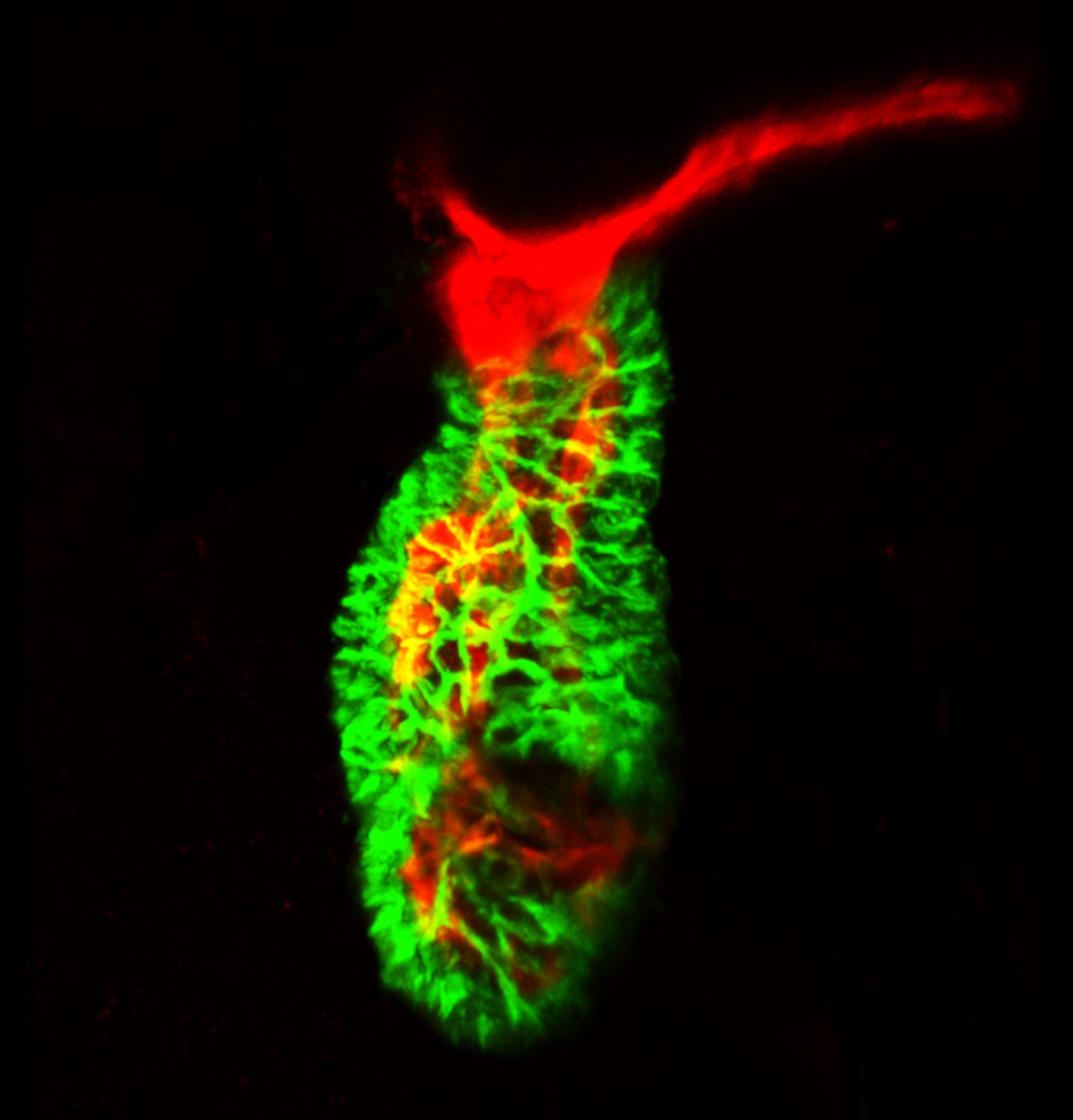The story of my heart, from the bottom of my heart (says the Zebrafish)
Posted by PRAGYA SIDHWANI, on 23 June 2020
I started off as quite little—just one cell, in fact. No heart, no brain, no blood flowed in me and yet, somehow I found the motivation in me to divide. One me made two and two mes made four, till many tiny mes made me a full-fledged embryo with a heart full of hope. As I grew older, my heart grew with me. My body and heart needed to synchronize their growths, you see, because if my heart grew slower, then it would pump less blood into my system, and my other organs that needed blood to grow would not be able to do so properly. This posed a challenge for me– how do I make sure that my body knows my vessels are growing, and my vessels know my heart is growing? Please don’t tell me that’s yet another thing my brain has to manage. Wait, do I even have a brain yet!?
Anyway, perhaps it’s easiest if I use some intrinsic property of my blood, the fluid that connects my body and vessels and heart, to transport this important message. This way, as my heart beats faster and more blood flows through my system, my vessels will take the hint and grow accordingly. Going back to connections, let me first focus on my outflow tract, which connects my heart to my aortic vasculature. Perhaps if I tell my outflow tract to widen as blood flow and contractility increase, it will maintain my blood pressure while also allowing information in blood to pass through to my other systems. Ugh, so how I do that?
Hmm. What if the cells in the inner endothelial lining of my outflow tract respond to blood flow and contractility by dividing? What if they accumulate cells from the neighboring vessels, in conjunction with neighboring vessels accumulating them from more distal vessels? Maybe I’ll do both—yes, that sounds like a good strategy. But how do I regulate this growth? Maybe I should have many opposing signals, reacting to multiple inputs, towards the unified goal of getting the outflow tract to a particular lumen size at a particular developmental stage. I’m feeling lazy, I’ll just repurpose my good ol’ TGFb pathway to do this—put some receptors in my endothelial cells and have my blood carry physical and molecular cues to activate them.
Great, I think I have a functioning cardiovascular system! And it’s caught in this self-regulating loop where function informs form, which feeds back to function. I feel so smart! Kudos to me figuring this out over evolution. Well, I guess I’ll give an additional kudos to this grad student who figured it out in 5 years.
I still believe I’m the smarter one. But if you really want to read what she did, here’s the link to her paper: https://dev.biologists.org/content/147/12/dev185900
<3 <3



 (9 votes)
(9 votes)